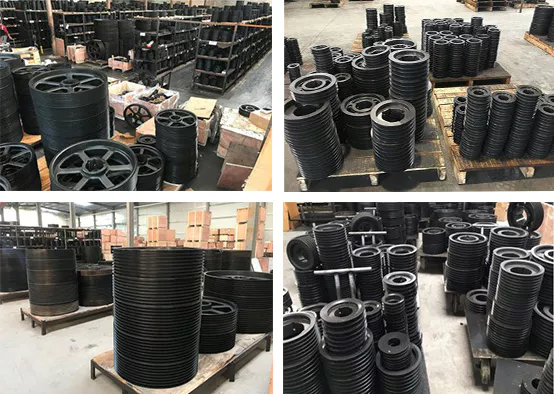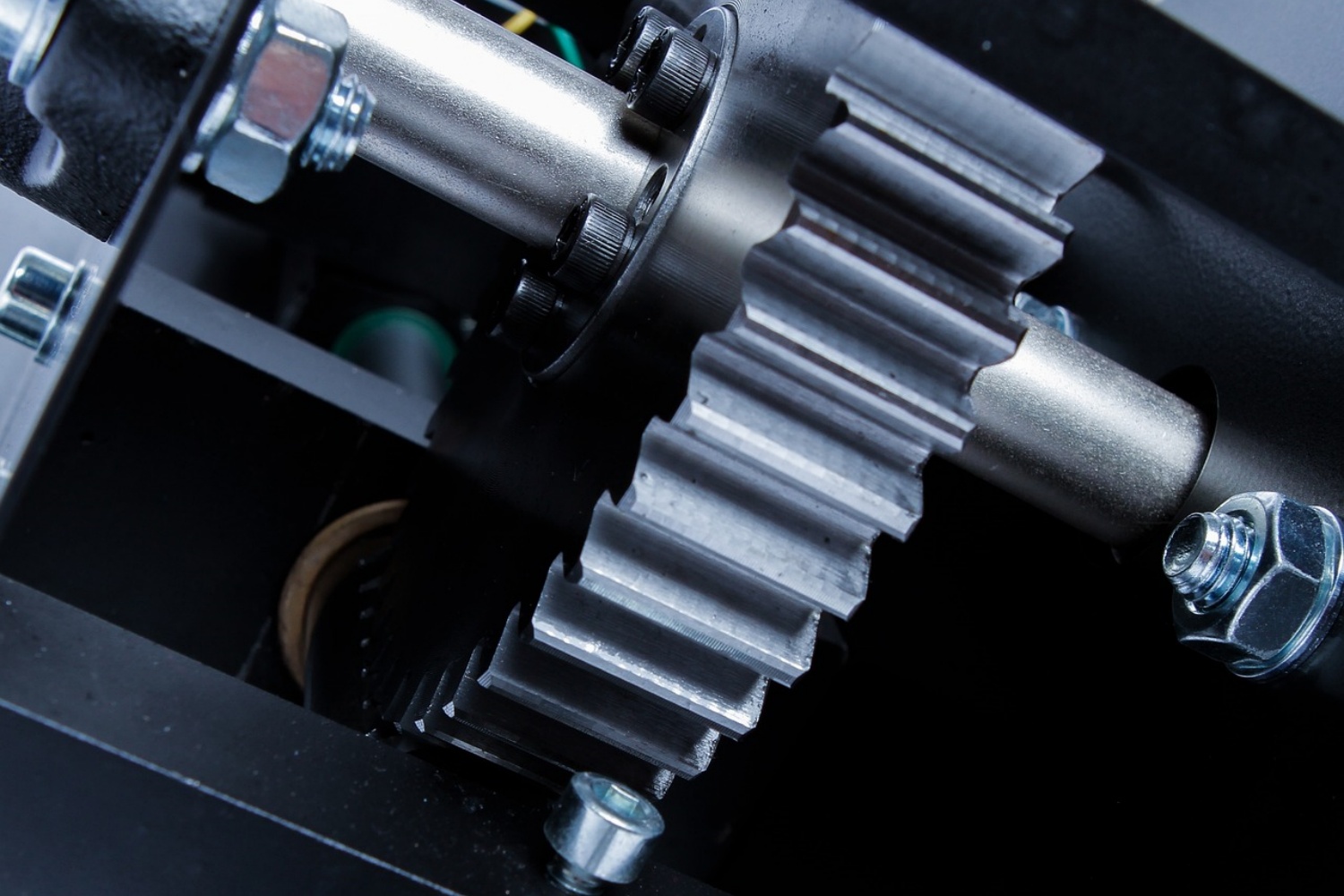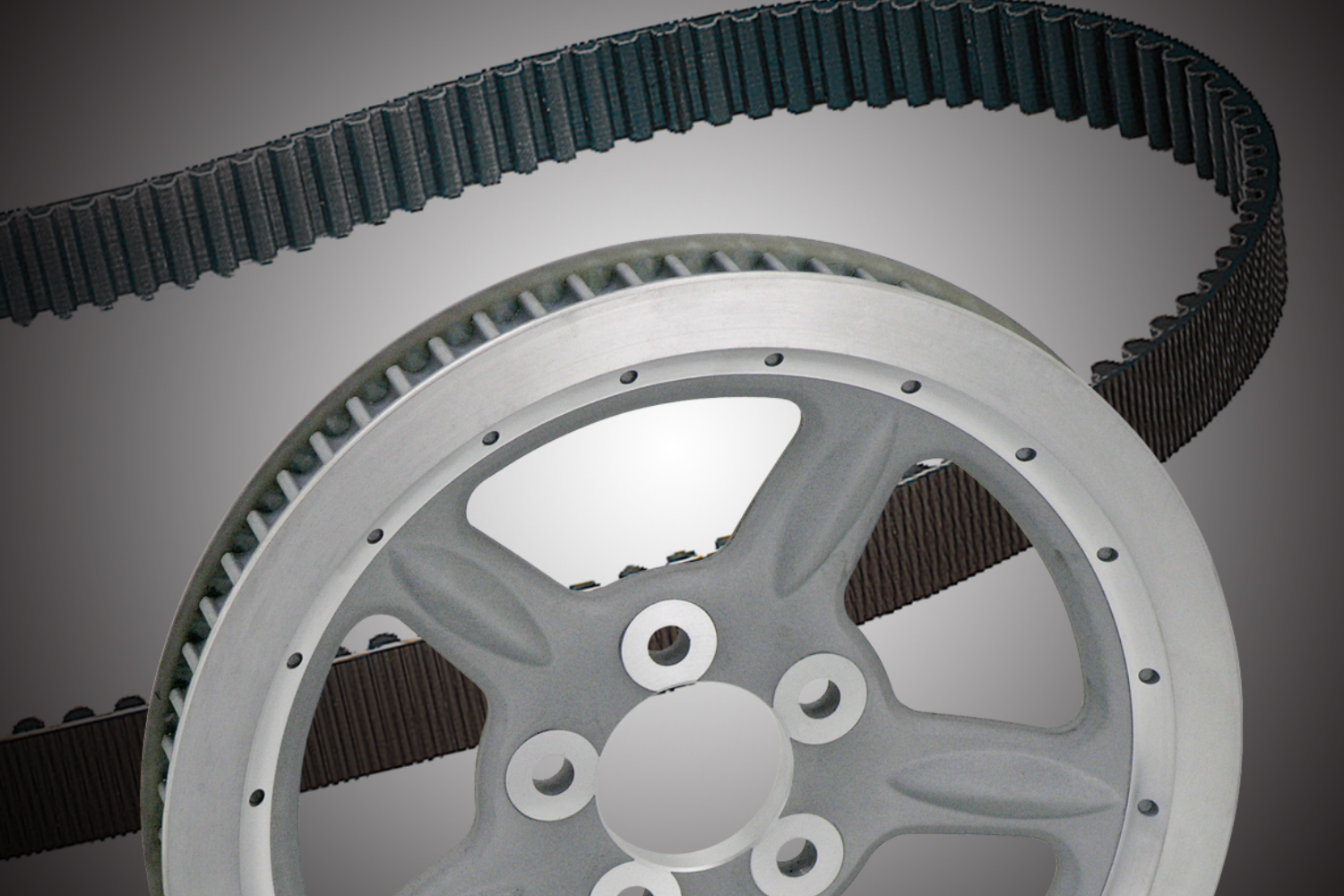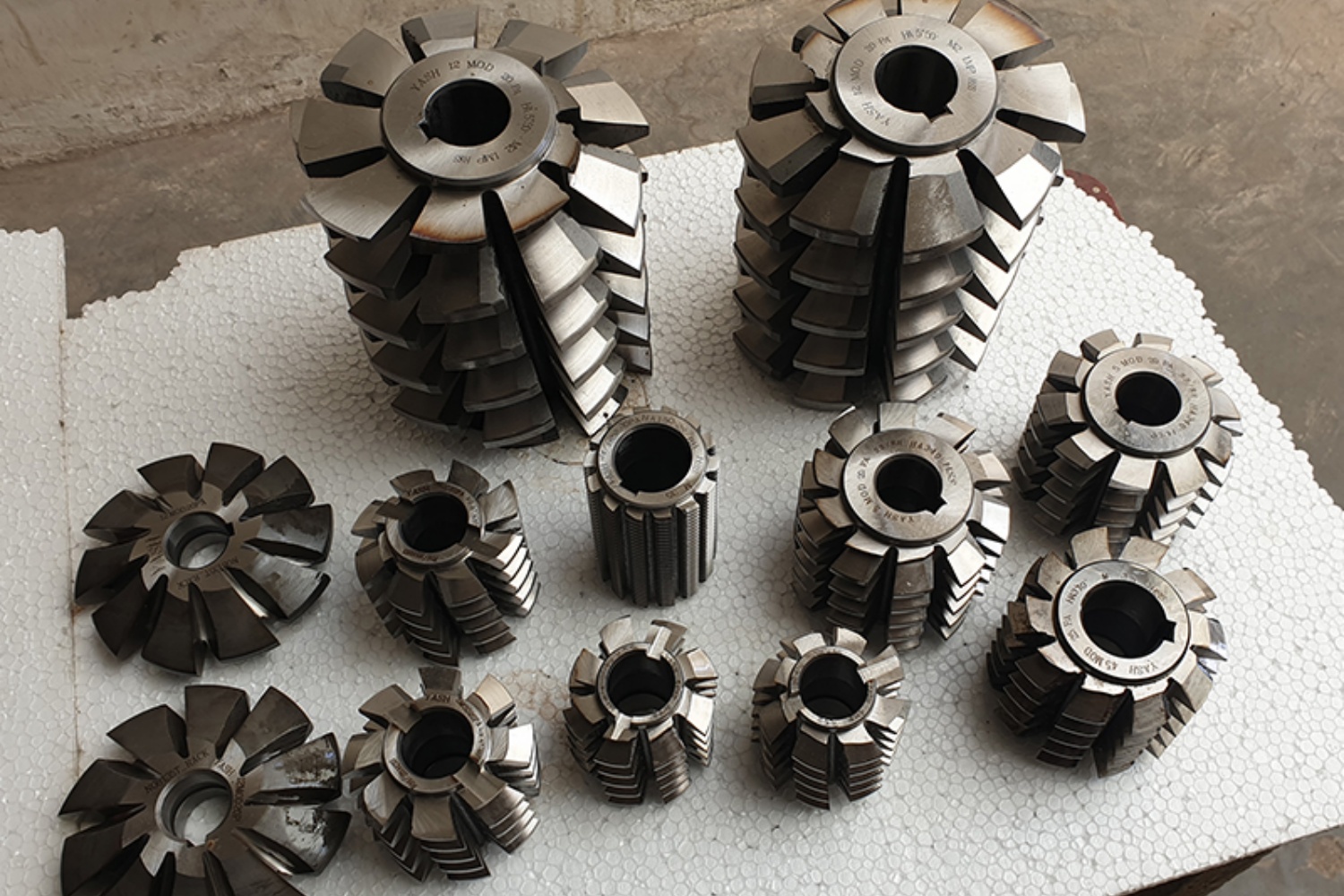V-belt pulleys are available in a range of sizes and specifications, depending on the specific application. Here are some of the key specifications to consider when choosing a V-belt pulley:
- Belt size: The size of the pulley should match the size of the V-belt that will be used with it. V-belt sizes are standardized, so it’s important to know the size of the belt you will be using before choosing a pulley.
- Pitch diameter: The pitch diameter is the diameter of the pulley at the point where the belt rides. This is an important specification to consider when calculating the speed ratio between the driving and driven pulleys.
- Number of grooves: V-belt pulleys can have one or more grooves, depending on the number of belts they are designed to drive. It’s important to choose a pulley with the right number of grooves to ensure that the belts will fit properly and operate efficiently.
- Bore size: The bore size is the diameter of the hole in the center of the pulley that fits over the shaft. It’s important to choose a pulley with the right bore size to fit your specific shaft size.
- Material: V-belt pulleys can be made from a range of materials, including aluminum, steel, and cast iron. The material of the pulley should be chosen based on the specific application, taking into account factors such as the load capacity and operating conditions.
- Face width: The face width is the width of the pulley where the belt rides. It’s important to choose a pulley with the right face width to ensure that the belt will fit properly and have sufficient contact with the pulley to transmit power effectively.
- Maximum RPM: The maximum RPM specification is the highest speed at which the pulley can safely operate. This is an important specification to consider when choosing a pulley for high-speed applications.
It’s important to choose a pulley with the right specifications for your specific application to ensure optimal performance and longevity. Consult with a knowledgeable supplier or manufacturer to ensure that you are choosing the right pulley for your needs.
What is the cost of v-belt pulley
The cost of a V-belt pulley can vary depending on a number of factors, including the size and material of the pulley, the quality of the manufacturing, and the supplier or retailer you are purchasing from.
In general, smaller V-belt pulleys made of less expensive materials such as aluminum or plastic may cost anywhere from a few dollars to around $20 or $30, while larger pulleys made of more durable materials such as steel or cast iron can cost anywhere from $30 to several hundred dollars, depending on the size and quality.
It’s important to keep in mind that the cost of the pulley is just one factor to consider when choosing the right pulley for your application. Other important factors to consider include the load capacity, the maximum speed rating, and the compatibility with other components in your system. It’s always a good idea to consult with a knowledgeable supplier or manufacturer to ensure that you are choosing the right pulley for your needs.
CONTINUE READING
Related Posts
In the world of industrial manufacturing, the efficiency and reliability of transmission systems are critical to the success of any […]
In industrial settings, a smooth and quiet power transmission system is crucial for productivity, safety, and worker comfort. V Belt […]
Splines play a critical role in mechanical power transmission systems, enabling rotational motion and torque transfer between mating components. These […]





